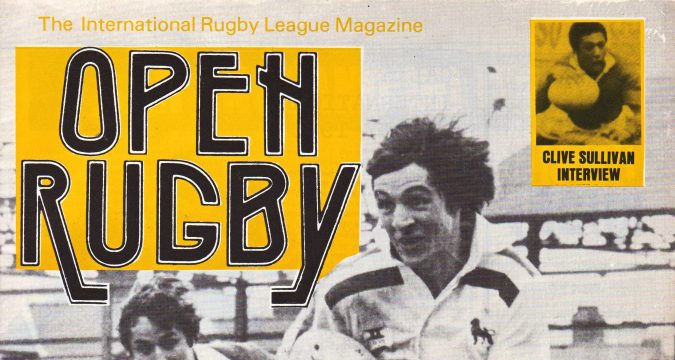 RUGBY LEAGUE WORLD has finally reached its 500th issue, a little more than 48 years after the first issue of Open Rugby (as it then was) was launched in May 1976.
An awful lot of water has flown under the bridge since then and rugby league has changed dramatically in that time.
Let’s just remind ourselves of what the game was like in May 19
RUGBY LEAGUE WORLD has finally reached its 500th issue, a little more than 48 years after the first issue of Open Rugby (as it then was) was launched in May 1976.
An awful lot of water has flown under the bridge since then and rugby league has changed dramatically in that time.
Let’s just remind ourselves of what the game was like in May 19 RLW 500: Onwards and upwards for a magazine which has watched rugby league change dramatically
 RUGBY LEAGUE WORLD has finally reached its 500th issue, a little more than 48 years after the first issue of Open Rugby (as it then was) was launched in May 1976.
An awful lot of water has flown under the bridge since then and rugby league has changed dramatically in that time.
Let’s just remind ourselves of what the game was like in May 19
RUGBY LEAGUE WORLD has finally reached its 500th issue, a little more than 48 years after the first issue of Open Rugby (as it then was) was launched in May 1976.
An awful lot of water has flown under the bridge since then and rugby league has changed dramatically in that time.
Let’s just remind ourselves of what the game was like in May 19 